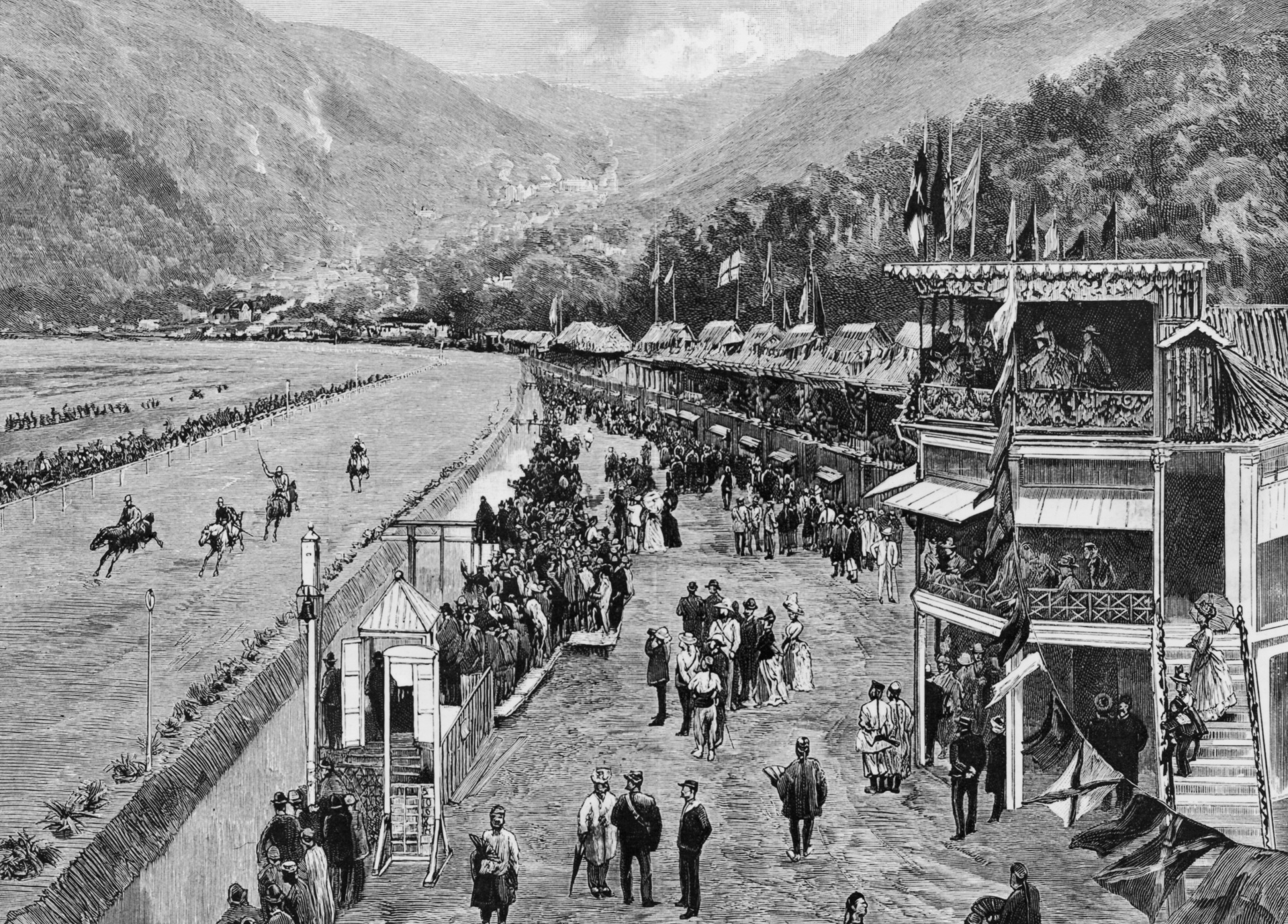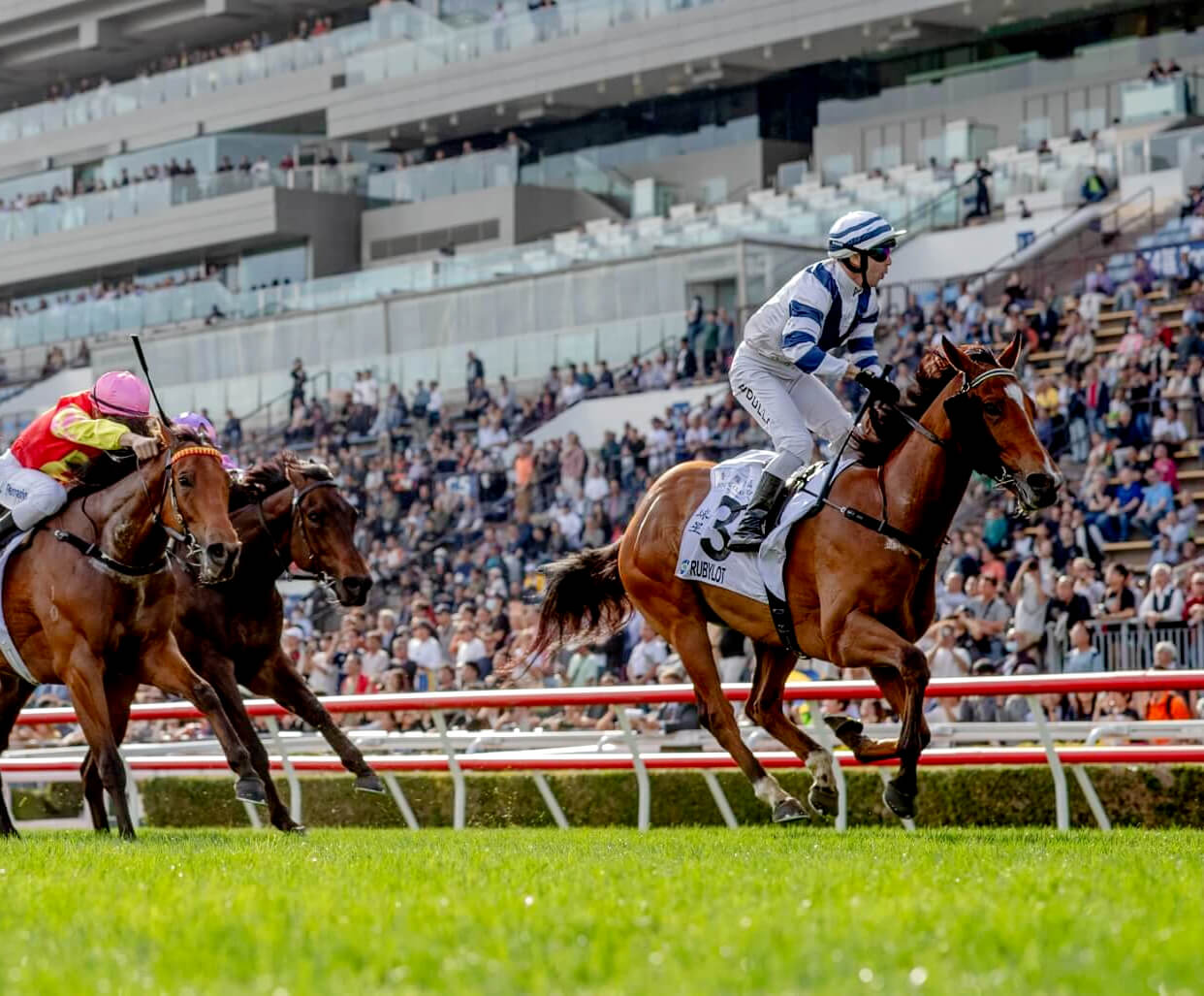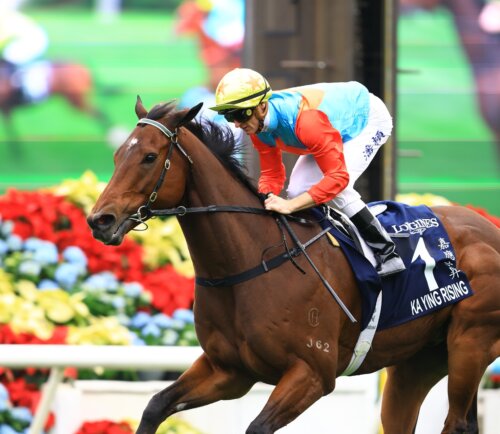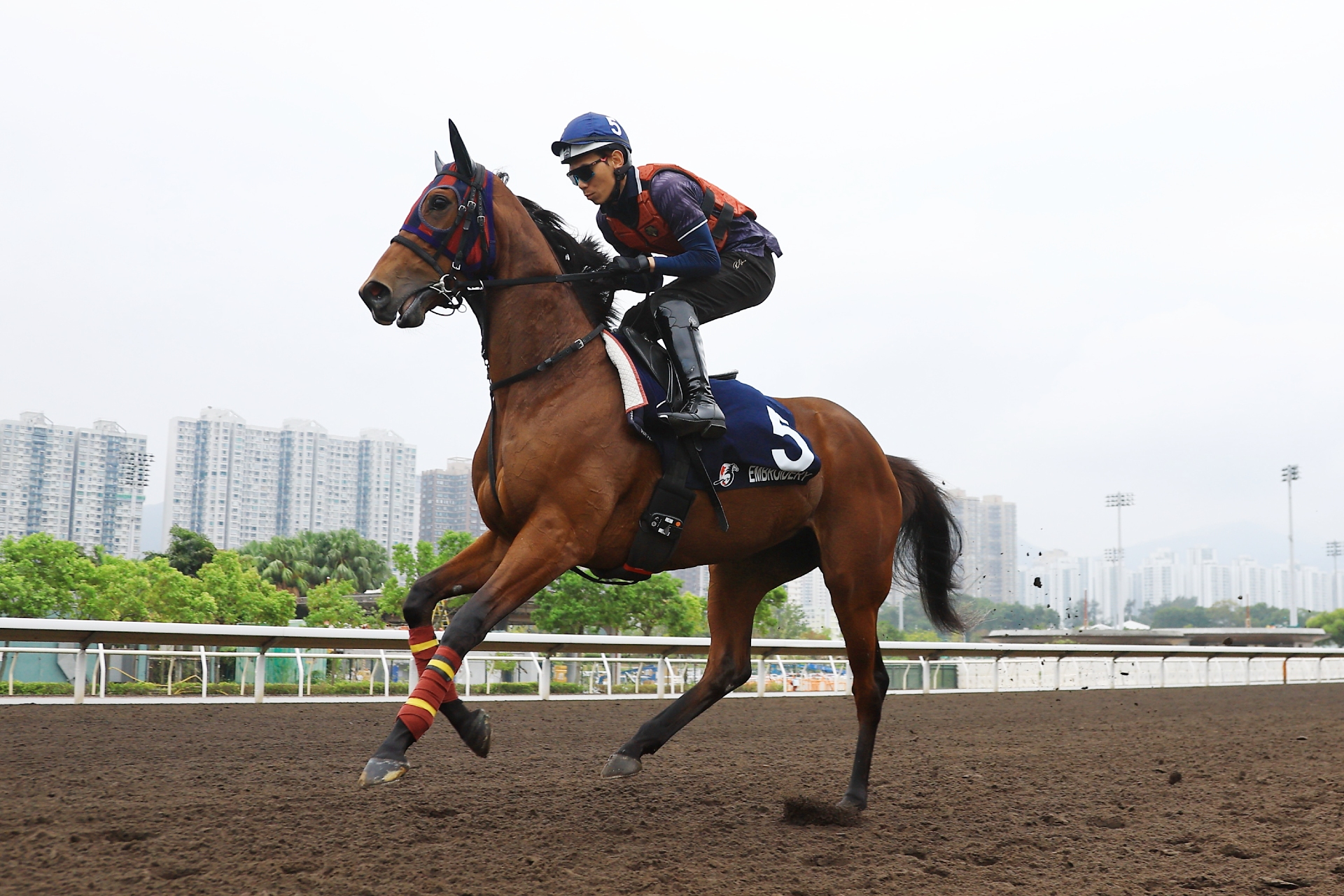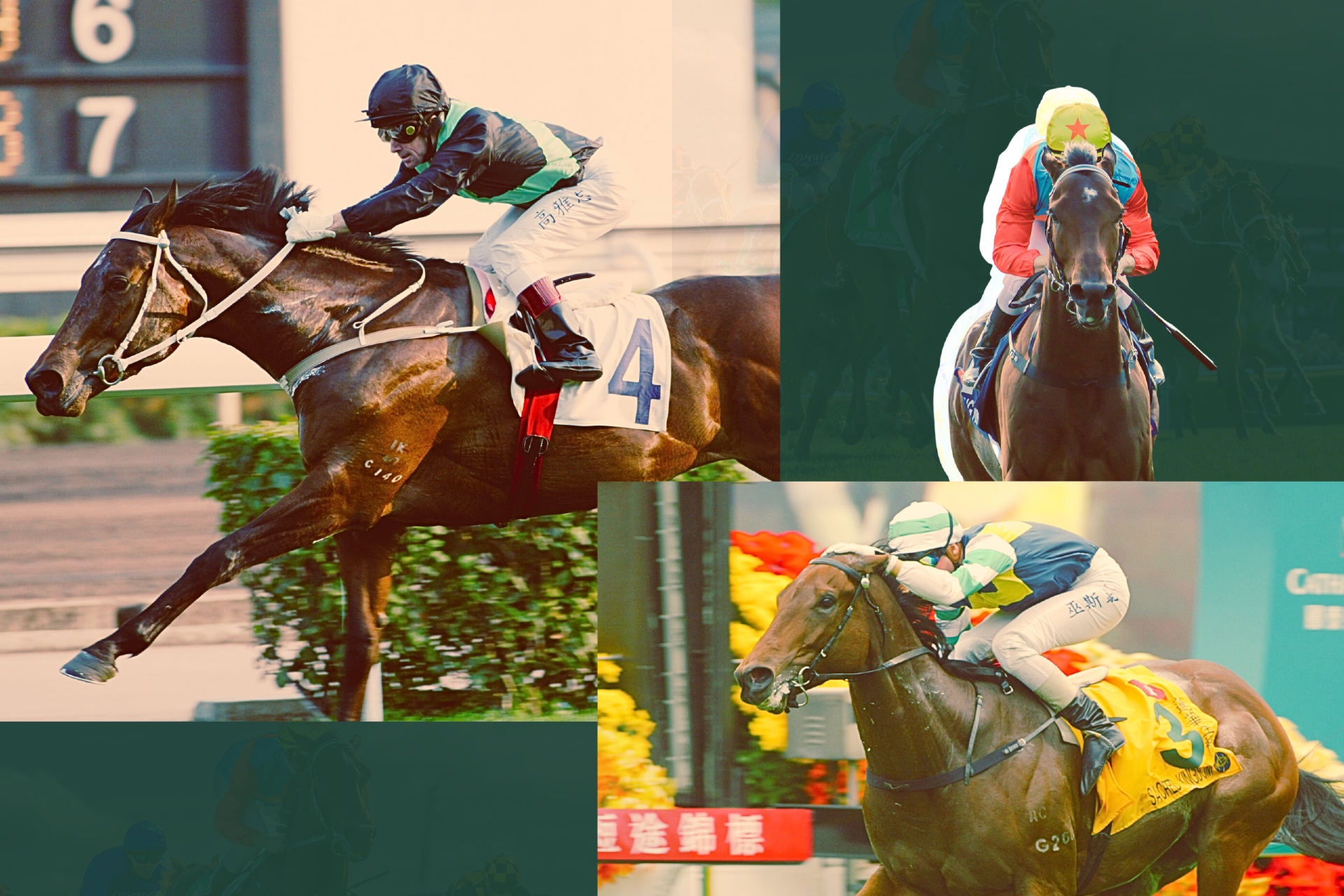In 1978, days after the final Hong Kong Derby at Happy Valley, legendary Australian columnist and broadcaster Jim McGrath was scathing in his assessment of the race.
“We all know that the Hong Kong horse is nothing to write home about,” McGrath wrote. “Generally speaking, despite efforts to upgrade, the horses imported are somebody else’s cast-offs.”
McGrath went on to write that the Derby “meant little to jockeys and trainers” who had experienced the “real thing” at home, labelling it a “semi-artificial event”, but he also could foresee it becoming a showcase feature: “With concentrated efforts by the [Hong Kong] Jockey Club, I believe the race could be billed as the glamour event of the season.”
Almost half a century on, McGrath’s vision has become a reality – and it comes from a single decision made by the Jockey Club soon after Sha Tin opened later in 1978.
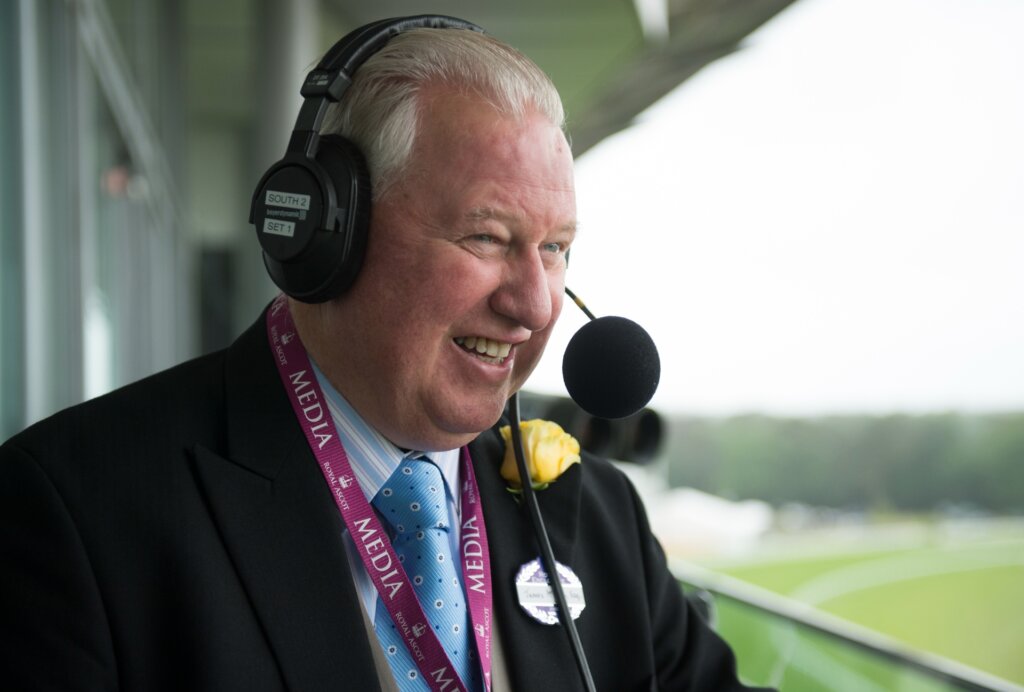
After the first two Derbies run at Sha Tin attracted small fields of eight and five, the Jockey Club made the radical move to restrict the race to four-year-olds, as opposed to the traditional Derby age of three.
Until then, Hong Kong’s Derby had generally been open to horses who had been imported in the same season.
The four-year-old rule sparked a new trend in Asia – Macau followed suit by establishing a four-year-old Derby in 1990, while Singapore restricted its Derby to four-year-olds in 1998.
Intriguingly, the rule change led to the George Moore-trained, Stanley Ho-owned Viva Pataca becoming the only horse in the modern era to contest the Hong Kong Derby twice, in 1980 and 1981. That Viva Pataca was no relation to his namesake, also owned by Ho, who won the 2006 Derby for Moore’s son John.
The change in conditions did little to improve the quality of the race at first, but winners like the legendary Co-Tack in 1983 and the globetrotting River Verdon in 1991 represented a burgeoning local scene as the quality and quantity of imports improved.
Now, with an honour roll that features top-class horses like Vengeance Of Rain, Viva Pataca, Ambitious Dragon, Designs On Rome, Golden Sixty, Romantic Warrior and Voyage Bubble, there is no doubting the Derby’s place as the race that can produce a true global superstar.

For 152 years, it has been an evolving race that has acted as a good litmus test for the local scene – from its place as the leading sporting event on the calendar in the late 19th century to the pre-war period when it was restricted to ponies sourced from China. (The alternative Australian ponies contested the Rooty Hill Derby, named for a Sydney suburb.)
It has been run at a variety of distances from a mile to a mile and a half and at different times of the year from January to May.
In the 2020s it has evolved again, from a race dominated by high-profile high-priced imports, into a race dominated by horses imported as unraced prospects then developed locally before rising to the top.
The Hong Kong Derby is sure to evolve once more – maybe it will return to being dominated by Chinese-bred horses again in the future?
One thing is certain though: the Derby has cemented its place as the glamour event of the Hong Kong season.
And with its success and the exploits of Derby winners like 2022 victor Romantic Warrior, there’s no doubt that McGrath – who went on to become the voice of British racing and remains an avid follower of Hong Kong – would be the first to say that the Hong Kong horse is now “something to write home about” on the world stage ∎
